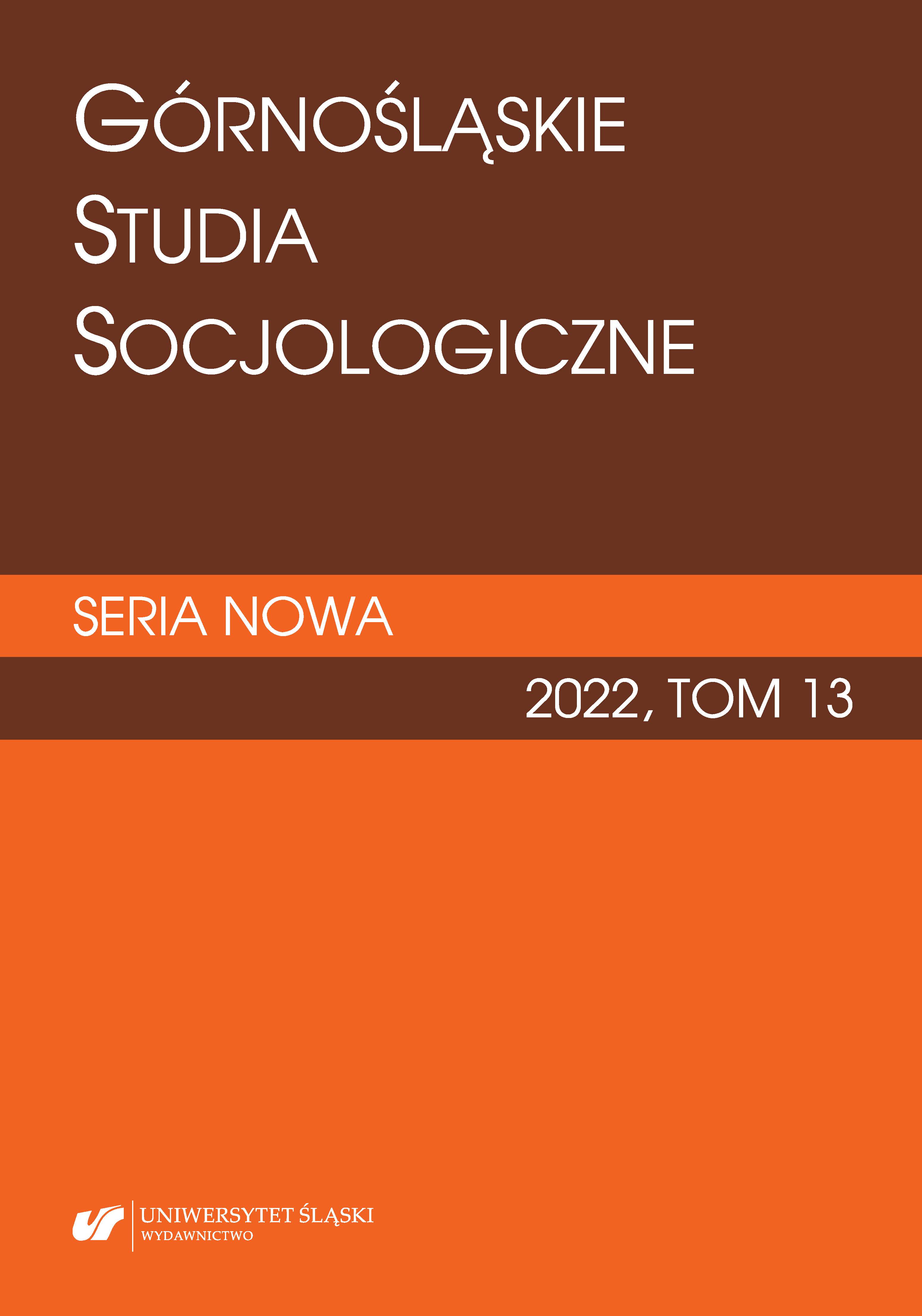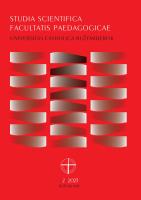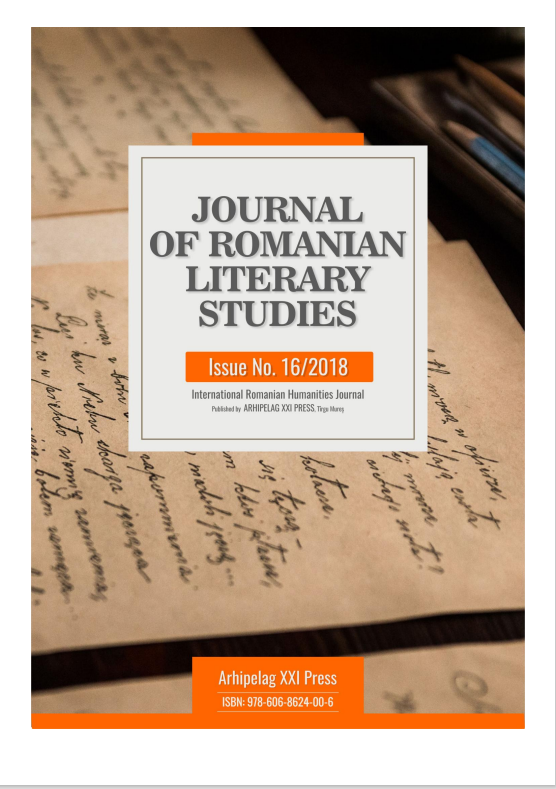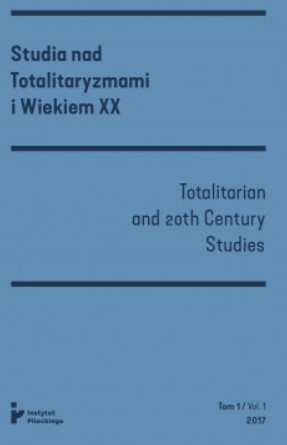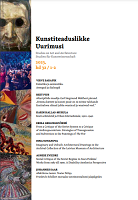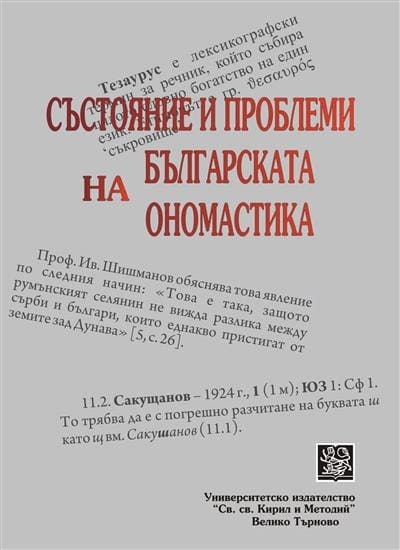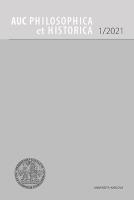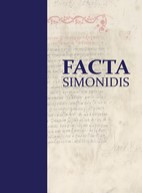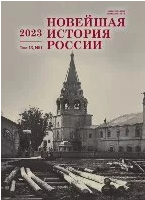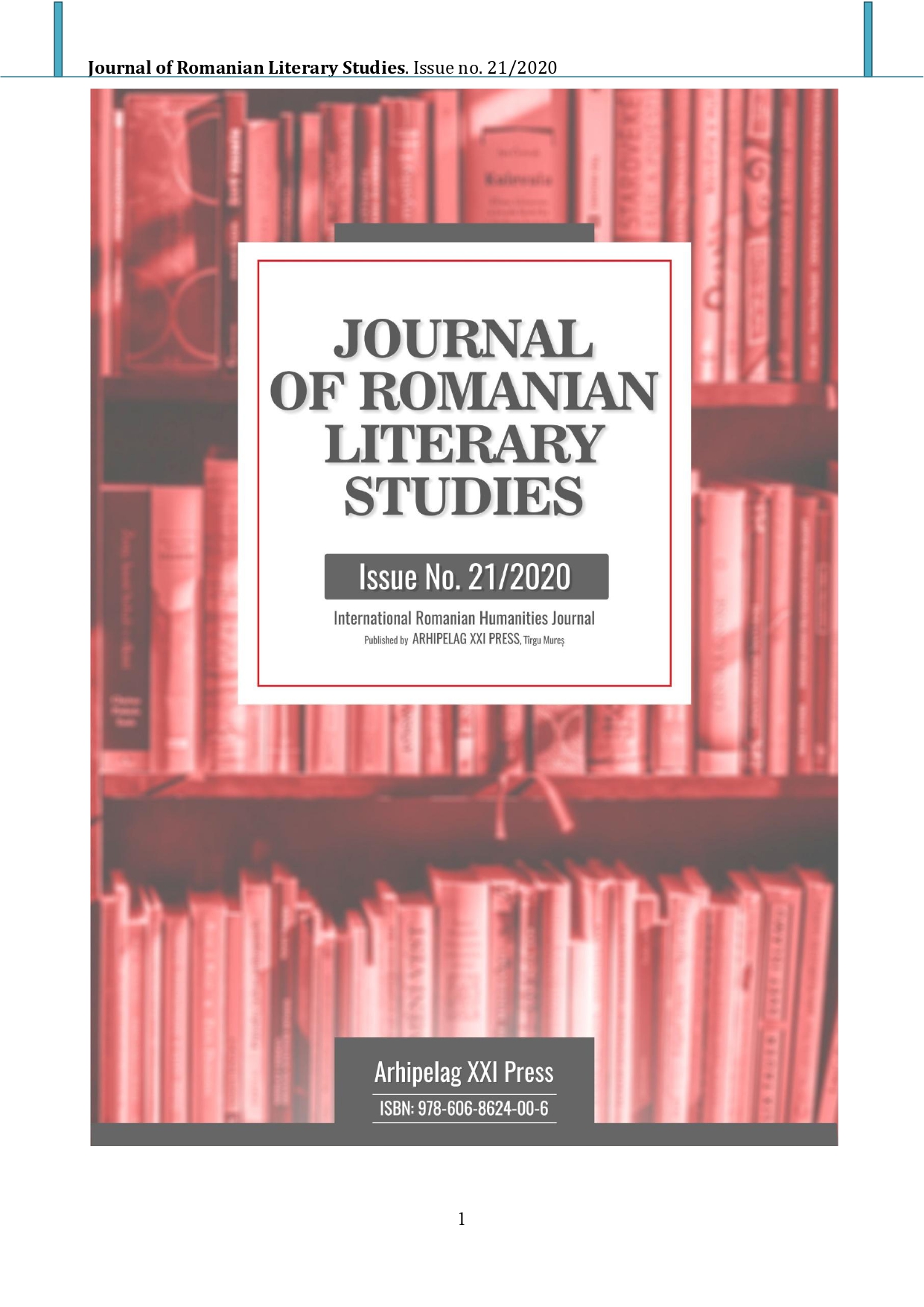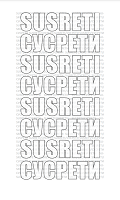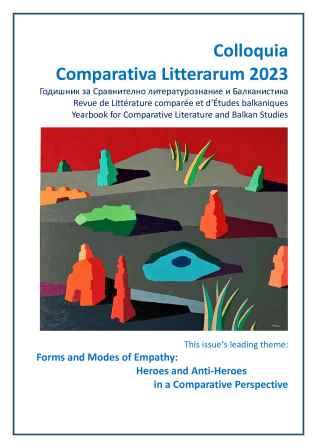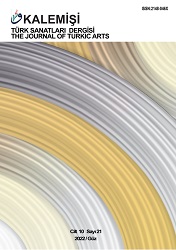Author(s): Anna Strnadlová / Language(s): Czech
Issue: 1/2021
The period after February 1948 meant great change for the cultural sphere in Czechoslovakia. The art groups and clubs were dissolved; artists who did not want to squeeze into the limits of socialist realism had no choice other than to close themselves in the privacy of their homes and studios. However, after 1950, a group of friends formed around Jiří Kolář in Prague, having shared the same views on political and cultural development and, despite various artistic orientations, captured everyday experience in pictures or texts. This article focuses on the friendship of Jiří Kolář, Vladimír Fuka, Eva Fuka, Zdeněk Urbánek, Jan Rychlík, Kamil Lhoták, Jan Hanč, Josef Schwarz-Červinka, Emanuel Frynta, and others, and tries to portray this period of time, their mutual inspirations and relationships, and especially the extremely creative atmosphere, which was originated in this friendly circle. This thesis is based on diary entries, drawings, collages, poems, and literary texts which they created together and for each other in this unique, free, and inspiring environment.
More...
